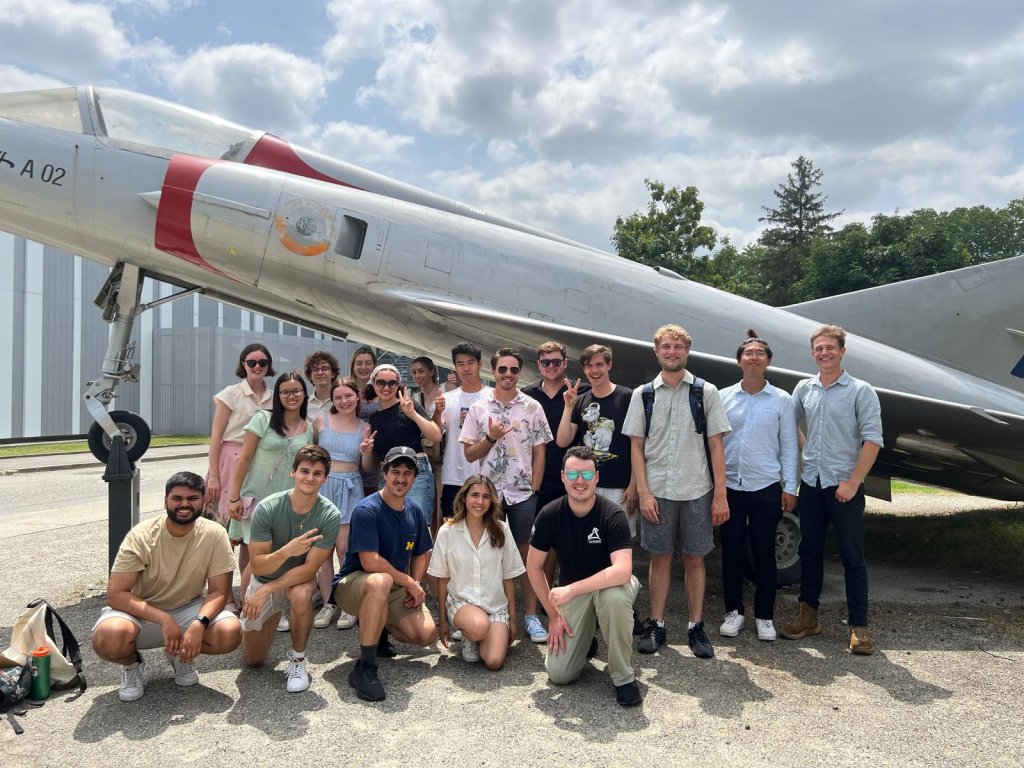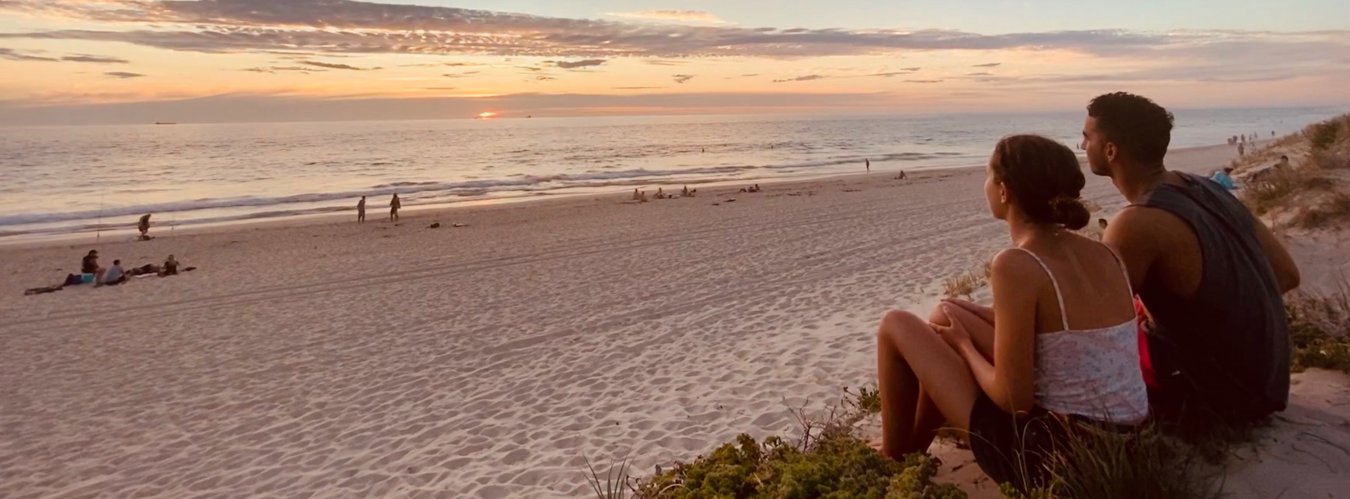Hello! My name is David Williams. I am about to enter my 4th year of my MEng Aeronautics & Astronautics degree, with a theme of Aerodynamics.
This past summer (2023) I attended a summer program organised by the ISAE group in France, a University group which specialises in Aerospace Engineering teaching and research. The universities I visited were located in smaller cities like Poitiers (ISAE-ENSMA) and Salon de Provence (ECOLE DE L’AIR ET DE L’ESPACE) and also large ones such as Paris (ESTACA) and Toulouse (ISAE-SUPAERO). The whole program lasted from June 7th to July 12th, with each university being visited for roughly 10 days. The program consisted of academic teaching from university lecturers, workshops, and extracurricular activities (usually) related to aerospace. Below is an image from the program coordinators website.
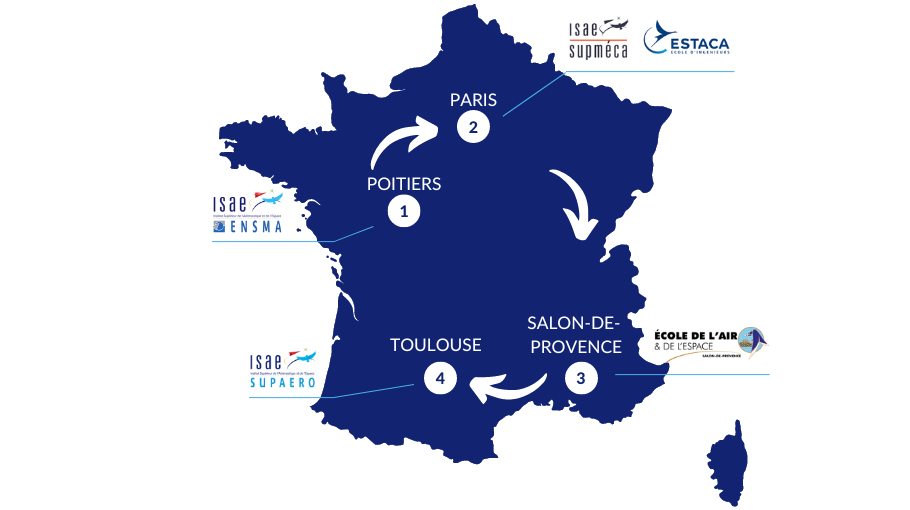
The students invited onto this program originated from 4 universities (Southampton, Adelaide, Michigan, and Washington). As a group we travelled across France together staying at the same hotels, commuting to and from university, and accompanied one another to the many trips to nearby attractions. We were accompanied by Kaitlyn, who studies at a different university in Poitiers; her job was to lead us (read babysit) outside of set activities on the program, whether that’s travel between universities or entering different places, she made sure no one was left behind (surprisingly difficult for a group of 20 year olds, especially in Paris!).
The focus for this years program was space, so every university tailored there academic content around this topic. Poitiers was focused on Radiative Heat Transfer, Paris was focused on rocket launchers, Salon de Provence was focused on Aerospace military applications, and Toulouse was focused on Aerospace management (with an Ariane-4 launch as a case study). In addition to space themed lectures, several space and aircraft extracurricular activities were organised, such as space themed amusement parks and industrial visits.
Poitiers
I arrived in Poitiers on the 6th of June, a day before the program started. I greeted my program group the next day on the 7th at an Ibis budget hotel, where we would be staying in Poitiers. Poitiers is a city roughly built on a hill, or at least the town center is. The ibis budget was located at the bottom of said hill. The actual town is really beautiful, with cobbled streets that wind in and around each other like a web:
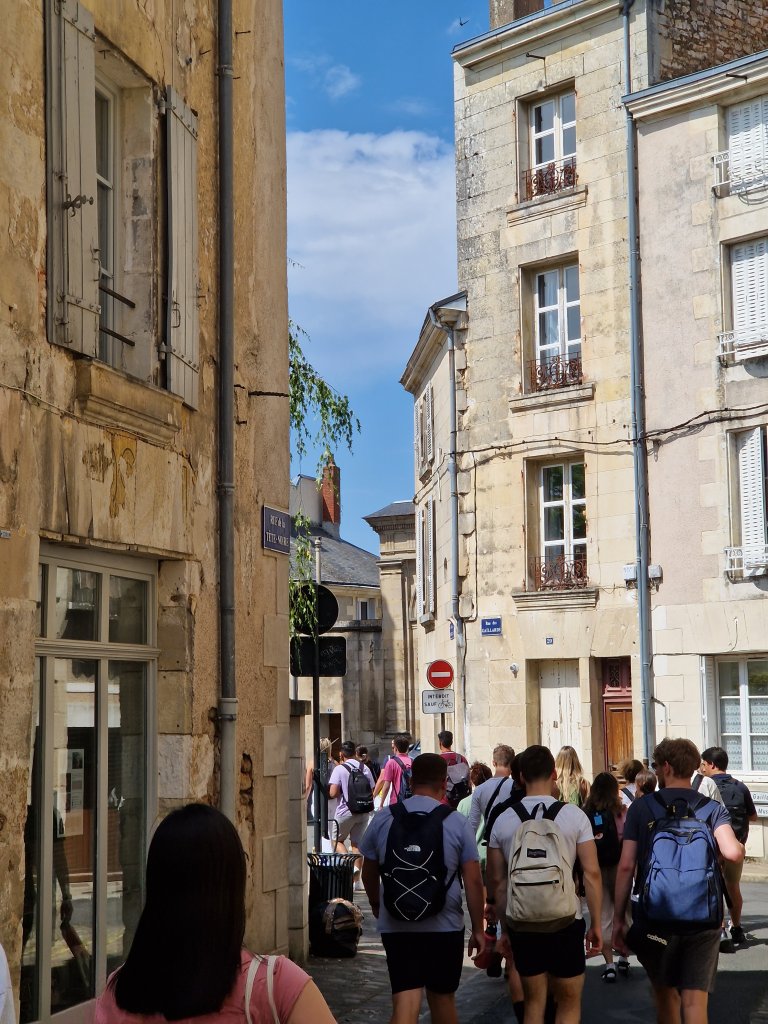
The town hall is located at town square. Fun fact, the first day here we were given a tour of Poitiers and the tour guide remarked that the town square was really useful for protests. I immediately felt welcomed in France.
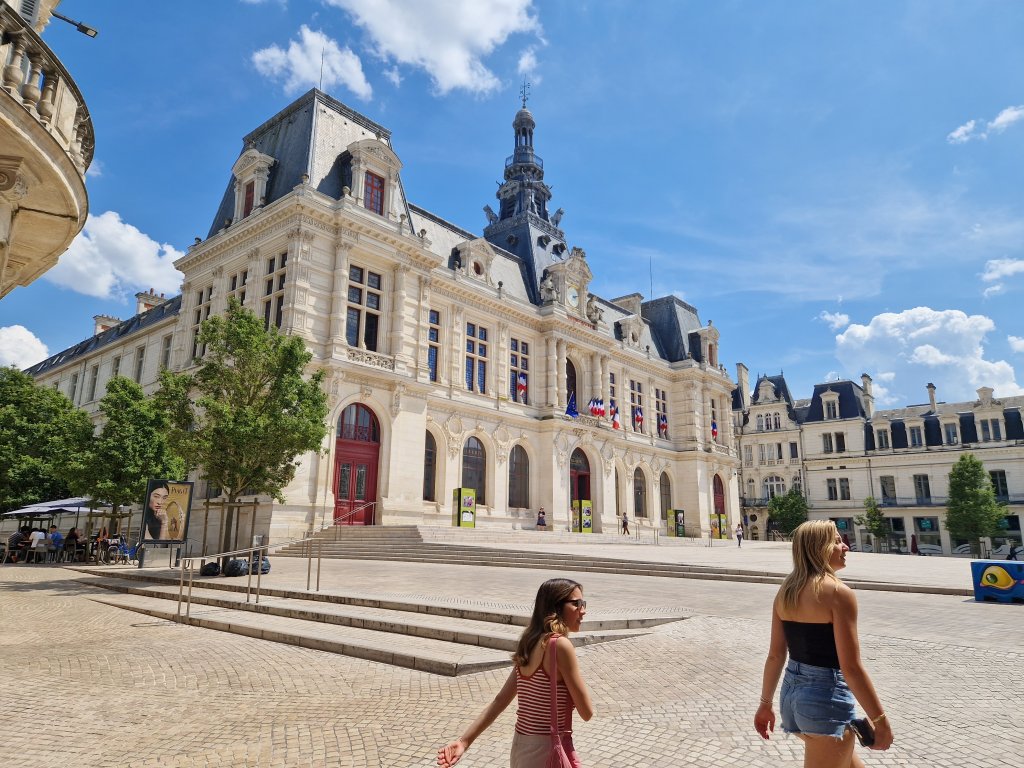
While the main and interesting bulk of the city was aesthetic, the university was unfortunately quite far from the hotel, needing a 30 min bus ride one way. The university building itself is quite nice, but all the windows and lack of ventilation makes it a bit of a furnace in the summer. Lots of engineering showcases in the lobby, with a few rocket engines that I actually see later versions of at the Paris air show.
The classes are split in two, with one being academic lectures on radiative heat transfer and the other on French language and culture. The French classes are just a recap for me (both in Poitiers and the rest of the trip) since I did French in my GCSEs. The lectures on heat transfer were slightly overwhelming at first since I haven’t done much radiation in thermodynamics, but manageable with some light study. The real interesting part was the laboratory workshop, where we used an all in one program to design the CAD of a model CubeSat, simulate its orbit, and calculate how much heat it would receive from radiative sources; all this with the goal of designing a satellite mission to maintain the operating temperature of one CubeSat surface.
The highlight of the university was on Friday the 9th of June, where the students set up a ‘game night’ similar to ones they put on in years prior. The students provide lots of food, drinks, and ice breaker games with the goal of getting us all to make friends with one another. It was honestly a great introduction to the whole program after the initial nervousness that comes with a month long program in a foreign country. The official party culminated in a few covers of popular songs by the university brass band, which suddenly turned into some sort of French party activity.
Its so weird but I’m gonna spend a bunch of time to explain it anyways. A bunch of people line up and sit on the ground with their legs open, leaving space for a person to sit between there legs, and themselves sitting between someone else’s legs. Then, someone not sitting in the train of people jump (as if they are crowd surfing) onto the people at the front, and the person sort of crowd surfaces along the line of people. Towards the end of the whole thing there are some trouble makers who decide to raise the stakes, literally, and grab the limbs of the floating person and shout, “1, 2, 3!” before flinging the person in the air, to hopefully be caught by those below. Yeah, its as crazy as it sounds.
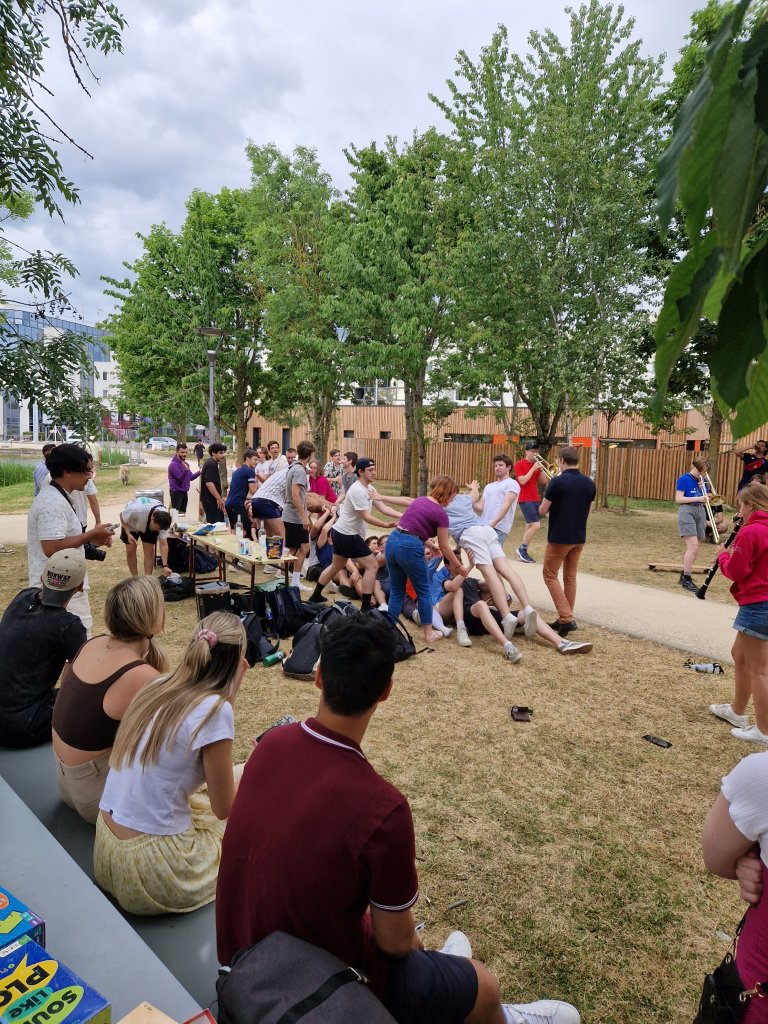
The party moved to the student bar on campus for cheap drinks, louder music, and beer pong. I would have loved to stay long into the night but the last bus left for the city center somewhat early.
As for the activities in Poitiers outside of planned ones, there wasn’t all too much to do – one of the more memorable quotes from the students at Poitiers is that “The best thing to do in Poitiers is to get out of Poitiers”. That being said, it was certainly interesting enough to entertain all 20 of us exchange students for the week we were there.
A representative of Airbus Defence & Space once called in during a laboratory session to provide some practical insight into how Airbus designs the surfaces of their satellites. We had an industrial visit to SAFT, a French company which makes tailored batteries across a wide range of industries from maritime to aerospace. The coolest one was a trip to the amusement park ‘Futuroscope’ – its not a conventional amusement park, like Disney world for example, where its more focused on the ‘experience’. The attractions are interesting enough to occupy the whole day. Most importantly, there are plenty of climbing frames littered across the park, which are surprisingly fun to climb on as an adult.
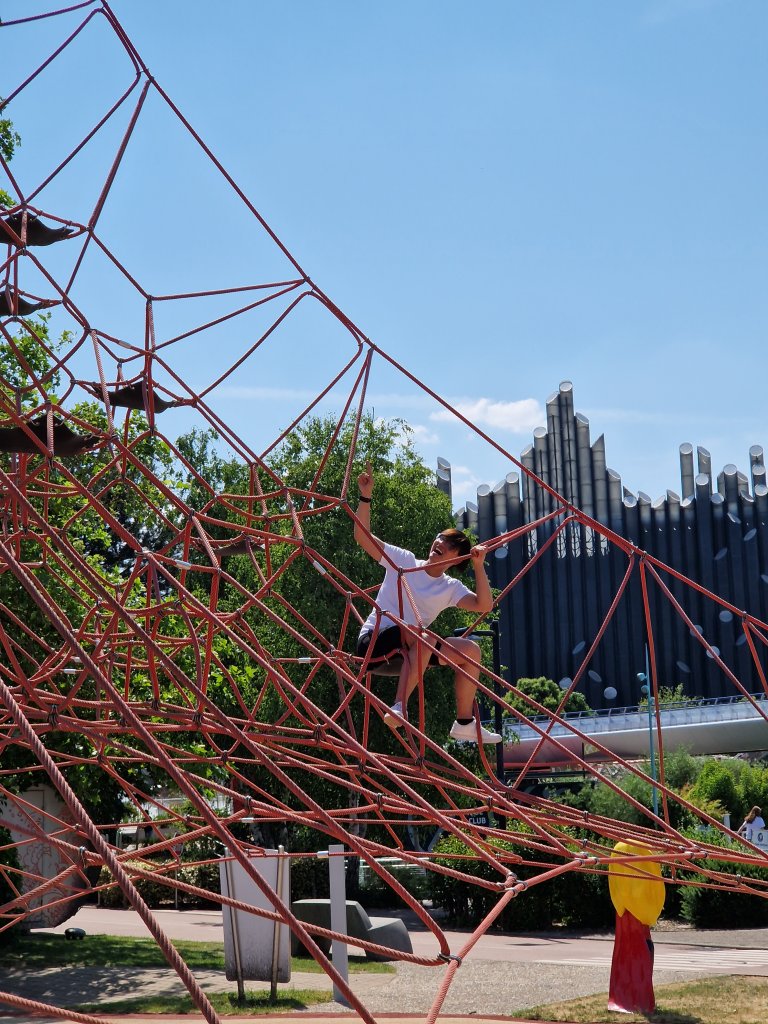
One of my favourite days of the week was the on June 10th, where the group visited a small festival with food vans and field sports to celebrate the champions league final between man city and inter Milan. Great food, met some students from the university, and an overall great evening.
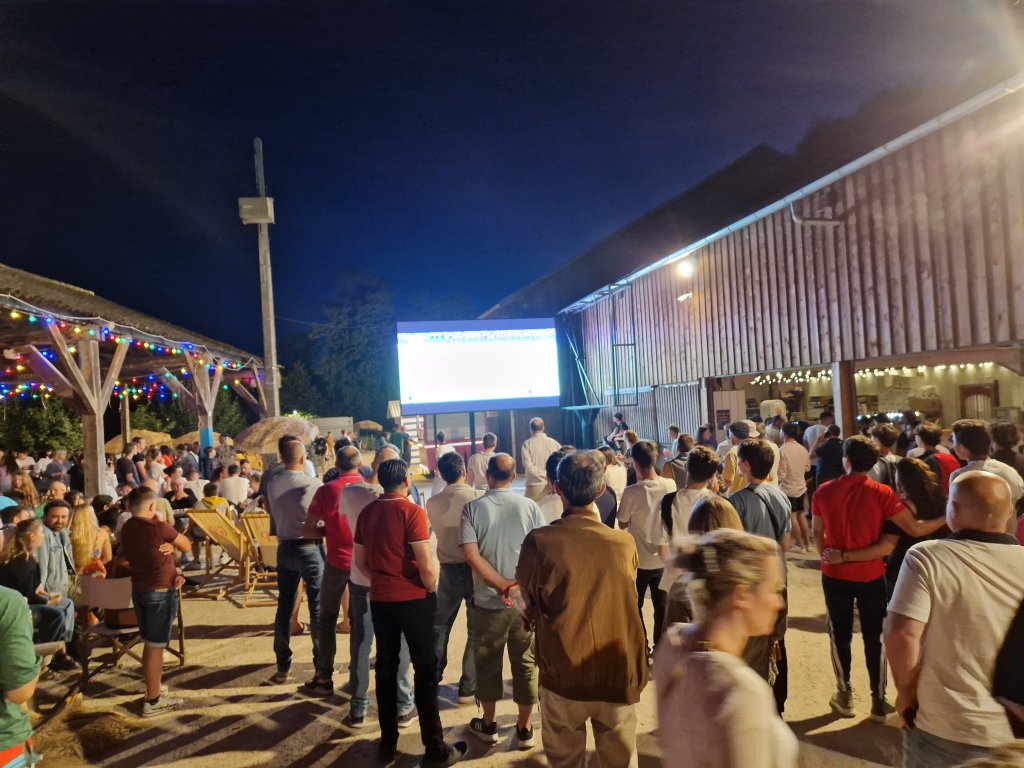
Overall, Poitiers was quite fun and most likely the best university/city to start the trip of at. The university staff and students were the most welcoming on the trip and made the start of the program fun.
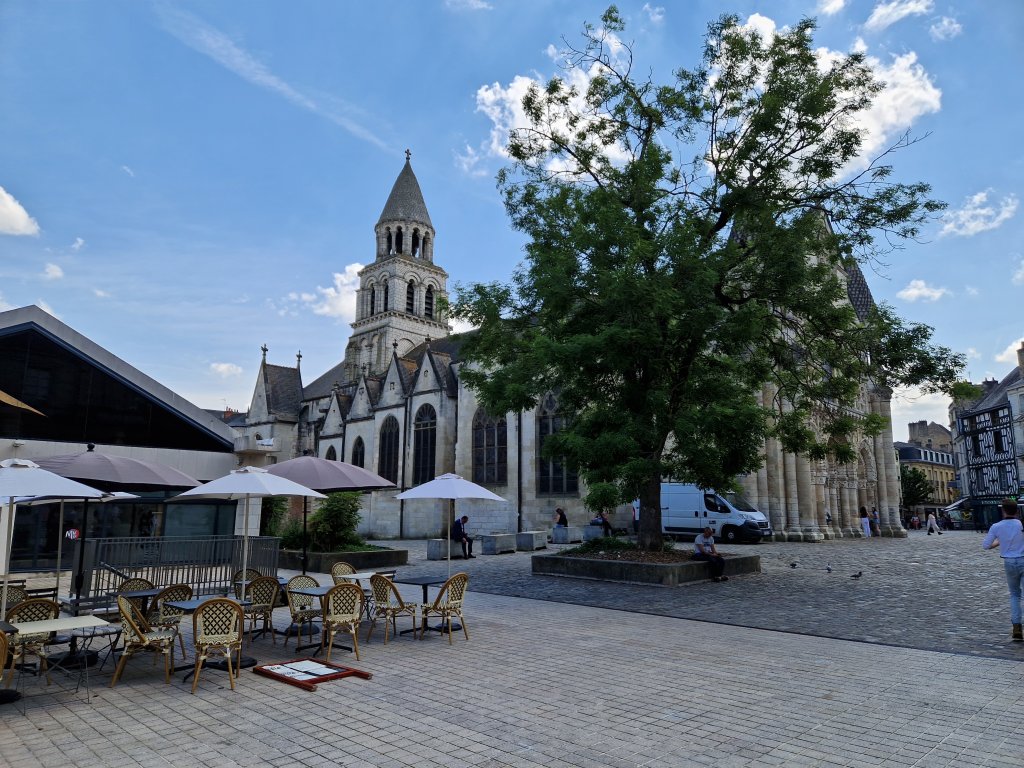
Paris
Travel to Paris was by train for 90 minutes to Paris-Montparnasse, one of the 4 main train stations around Paris. From there we took the train 40 minutes outside to a town called Yvelines Saint Quentin where the university and hotel was located (although we had to switch hotels after 6 days to someone far further away unfortunately).
Paris was an outlier on this trip in many ways. The academic component was by far the largest but also the most technically advanced with the scale of the knowledge we were taught. The activities provided by the university were a trip to the Palace of Versailles, a ticket to the Paris Air Show, and a dinner cruise on the Seine – all this in addition to the many attractions around Paris itself. I went to countless cultural sites, museums, religious areas. You could really sense the change in how people go about there lives here in Paris in contrast to Poitiers – it was a lot quicker and fast paced, but definitely heaps of fun to live there for 2 weeks. It was in Paris that I solidified my relationships with those in the program and truly started to enjoy myself. And I went indoor-karting at a nearby mall three times, that was cool too (Meagan, who also wrote a blog about this trip, is an absolute speed demon).
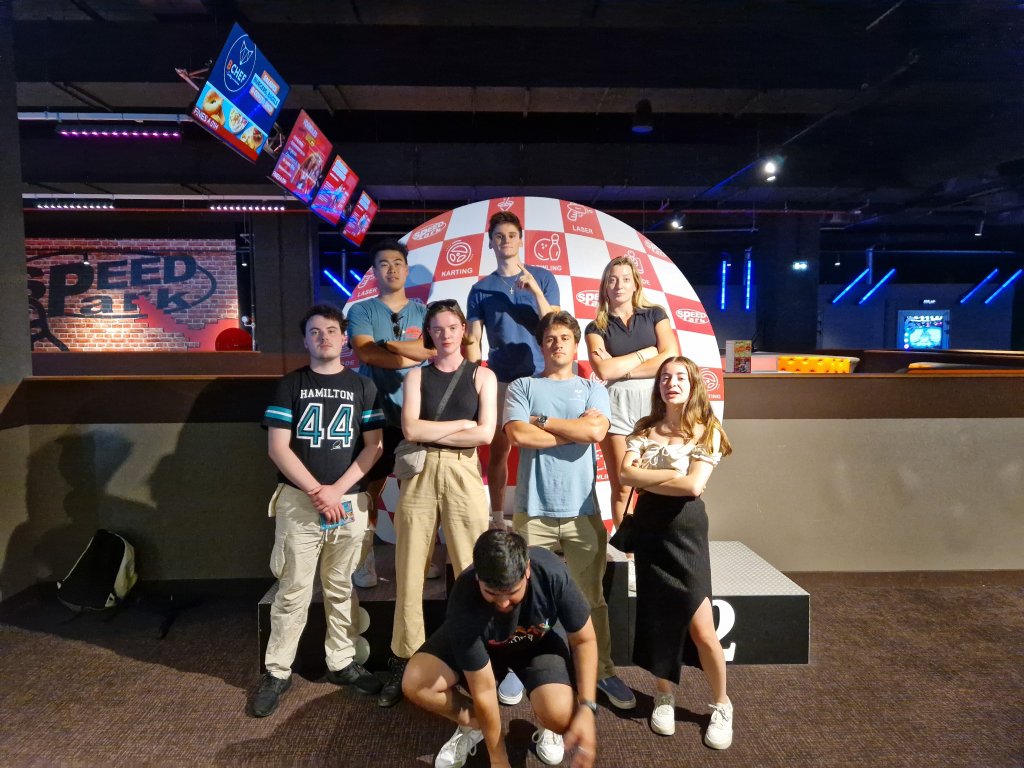
Like I said before, the Parisian academic classes were solely lecture based, all delivered by current or former staff from the Ariane group, which is an aerospace company that builds the widely used Ariane rocket launchers. They lectured on every aspect of rocket launchers, from something as surface level like what path the rocket might take, to very detailed analysis of how accelerometers, gyroscopes and MEMS devices are used in the control algorithms of a rocket. While some of these concepts have been taught at Southampton, most of these topics were confirmed by the lecturers to be aimed towards masters students than bachelors. That being said, most of this content will be very useful in my 4th year GDP, so I can’t really complain when I got such a tailored class to my GDP.
The cruise on the Seine was decadent and awesome, great views of the city above deck, great food below deck, and lots of wine made the night. Everyone had a blast taking pictures and it was a great kickoff to the Parisian section of the program.
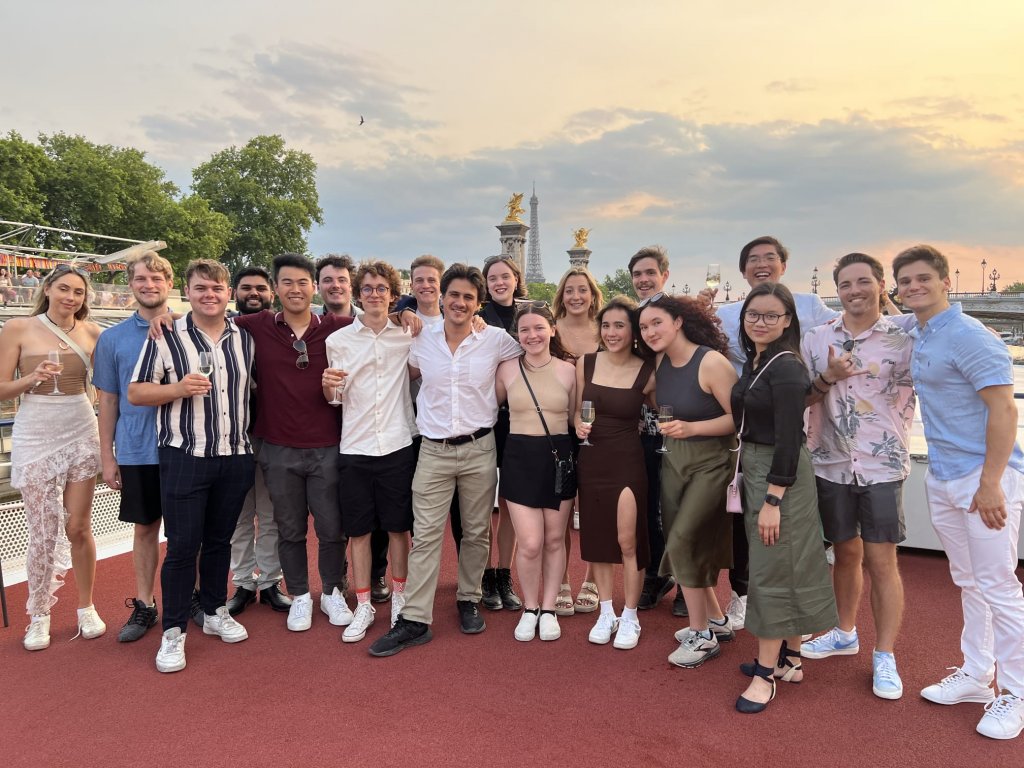
The palace of Versailles was pretty, but not what I expected. The best part surprisingly wasn’t the hall of mirrors (hard to appreciate the reflection with a million handprints caked on top one another). but the more secluded section past the queens bedchamber and central staircases. One hall had countless busts of past kings, princes, generals and the like; beyond the wall opposite the balconies was an absolutely massive room that contained an extreme amount of priceless art, ranging from 700 to 1600 AD. I took a great profile pic in this room. By far the most beautiful room in the palace and a highlight for me in Paris.
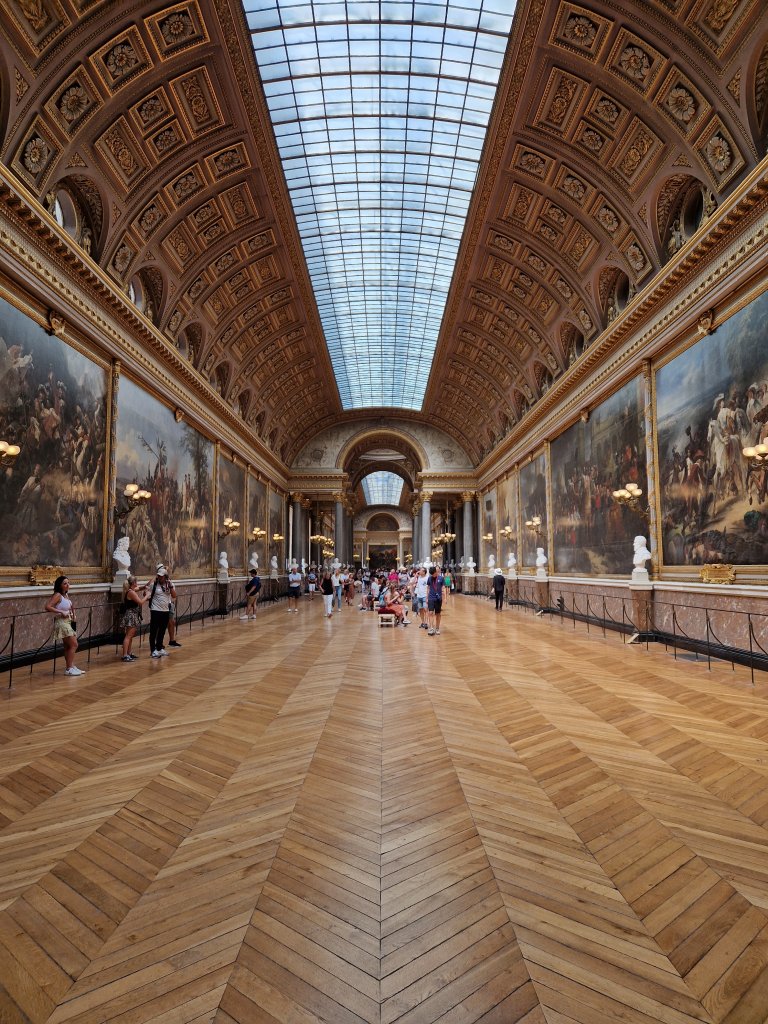
The Paris Air Show was a blast! We got there early but it was still completely packed with people. We explored all the different sets of the big companies along the airstrip like Airbus, Boeing, Leonardo, etc. We explored the convention halls filled with so many companies all around the world, from industry leaders to small bespoke companies focused on the manufacturing of just one component. We watched in awe as the Dassault Rafale and Lockheed Martin F-35’s took to the air and absolutely stole the show with the roar of its engines. We watched the world champion military acrobatic team Equipe de Voltige take to the skies in there celebratory performance to mark the 70th edition of the Paris Air Show.
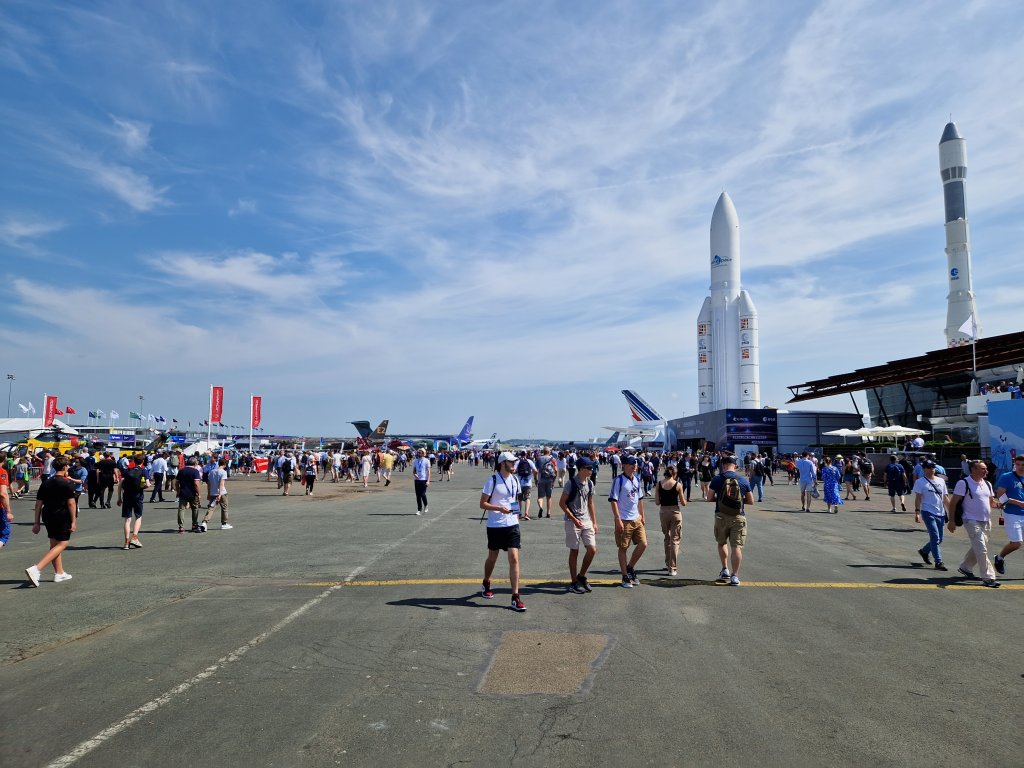
Ethan and I waited in line with Milly for 30 mins for her food she ordered before we told her to ask when her food will finally be ready but then she realised that it was a system where you hand them the receipt and then they give you the food so we wasted 30 mins for absolutely nothing in the sweltering heat, but I’m not hung up on it or anything.
Then there was Paris itself. A total of 4 days were spent travelling around Paris and its many attractions, like the Arc de Triomphe, Eiffel Tower, Sacre Coeur, etc. I found the golden plaques beneath the Arc to be quite captivating, with one of them being the words of a speech given by Charles-de Gaulle the day after France surrendered in world war 2.
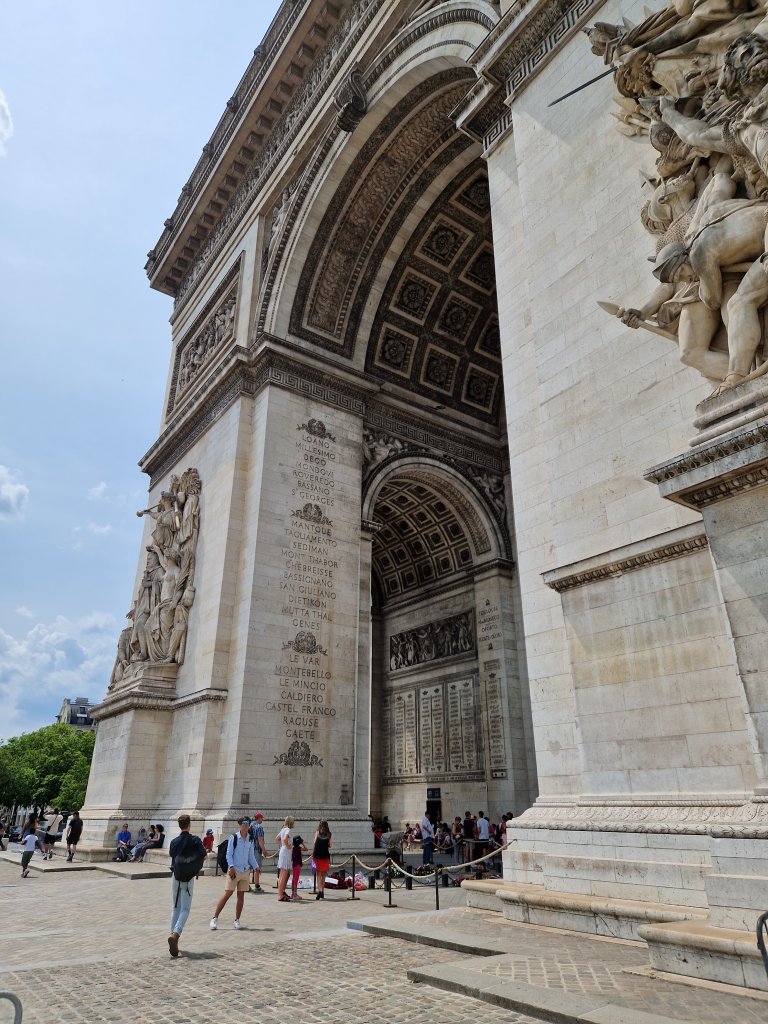
We walked down the Champs-Elysée’s and entered into all the expensive shops along the strip. The Eiffel tower was surprisingly terrifying to climb because of how the stairs swayed when walking on them, but gave great views of the city. We visited the Sacre-Coeur during a service – while I am not religious, I remember the atmosphere in the church to be quite serene and communal. It moved me deeply and is in the top 5 places I have ever visited in the world.
The first day around Paris was the most memorable, mostly because of a guy called Johnathon on the trip – he had visited Paris the Summer before to propose to his fiancé and knew his way around after she said yes. He brought a group consisting of himself, me, Sam, and Ethan down to one of the bougiest food courts I have ever visited and introduced us to the grand world of macaroons (box of 7 for 25 euros, a steal but almost worth it). Then he dragged us halfway across Paris to a restaurant called Angelina, which after my encounter with it believe it to be heaven on earth. We each had their signature desert, the Montblanc and a large hot chocolate. Mind you, this set each of us back by 18 euros (my wallet hurts just typing this), but my god was it worth it. The hot chocolate was the richest and creamiest I have ever tasted, and the Montblanc (basically a ton of cream wrapped in a chocolate mousse and placed on a meringue) was even richer in taste. We had to take our time eating it or else we would throw up from the richness and it was only after having sat for 45 mins that Ethan perked up and admitted he had momentarily forgot he was lactose intolerant. I pity his toilet seat that evening.
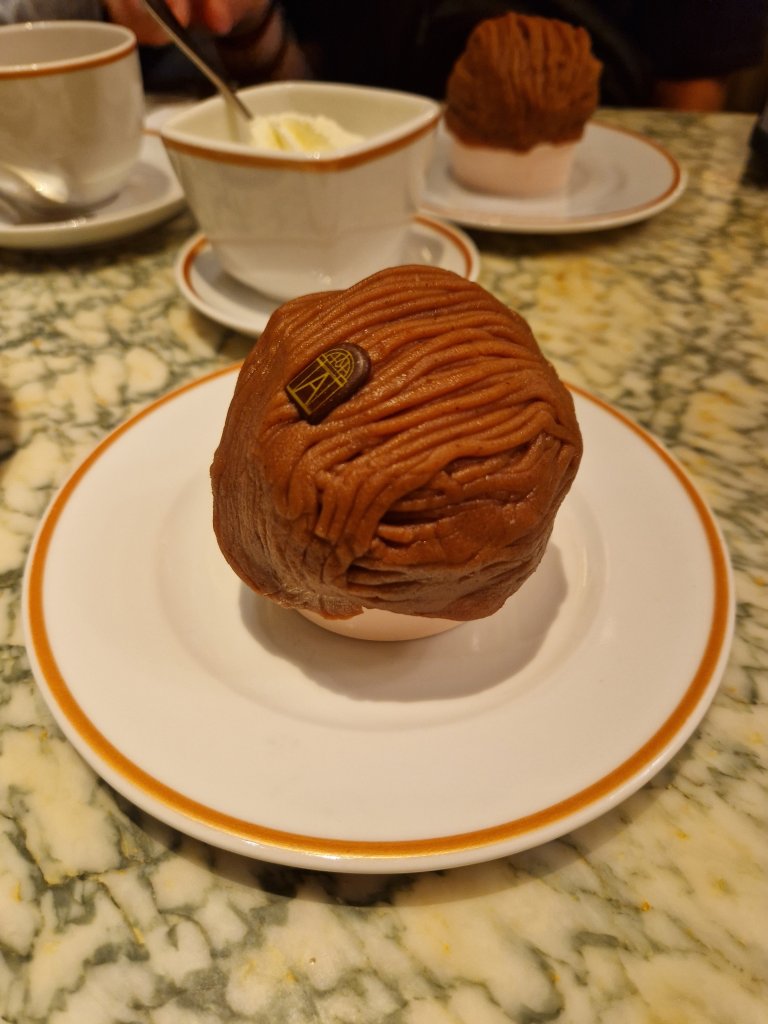
I will make it a point to say the Louvre was one of the most disappointing parts of the trip; the best part was that after 10 mins of entering one of the wings of the museum Kion, Milly and I got bored and found out how quickly we can walk through the entire museum towards the Mona Lisa (which was surprisingly small). 2/10 best part was the pastry I got outside the museum. A much better museum was Musee D’orsay; we came for the sculpture of Pompon (cool), and stayed for the imitations that Nick did of any and every painting/sculpture we could find.
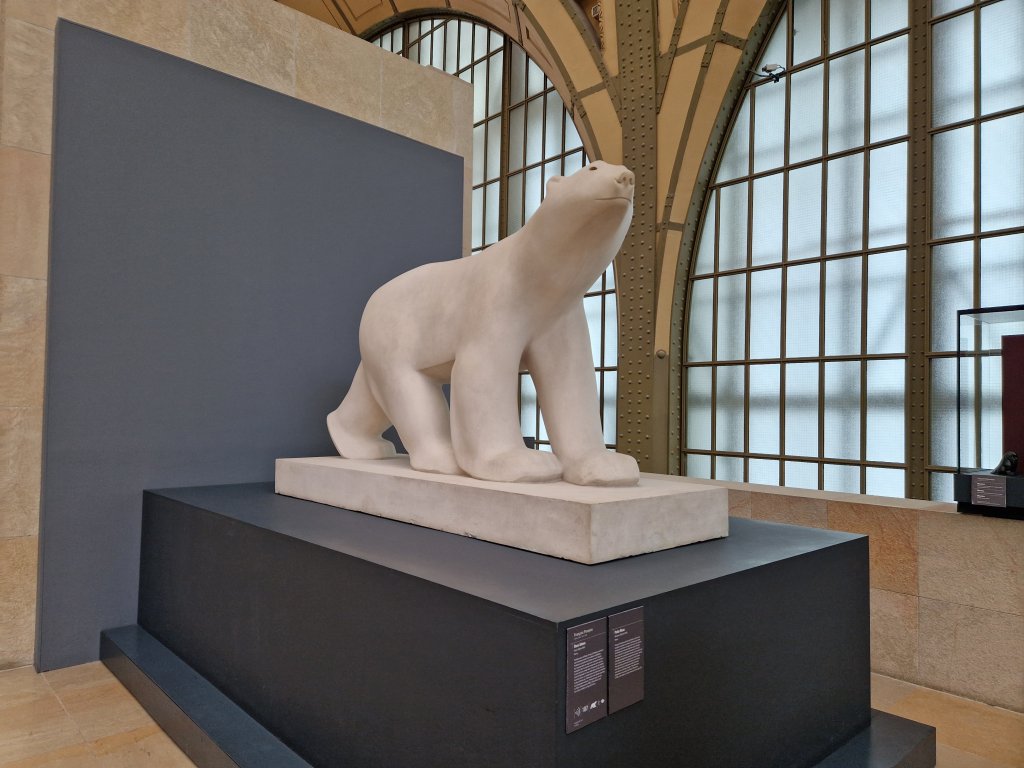
Other cool art pieces in Paris were the many cartoonish mosaics littered around the city, which actually connect to an app with the goal of finding all the mosaics. It became a goal for the group to find all the mosaics we could for Aryanna, who had found a few hundred by the time the program was over.
Paris was certainly a great part of the program and an absolute blast to explore. Great experiences and great views – I have so many pictures from Paris because there was so much to see and do. Definitely worth it!
Salon de Provence
Travel to salon was by train to the nearby city Aix en Provence and then bus to the hotel. The city itself is quite small and spread out, with the B&B booked for the program across a motorway from the city. The university (or rather French air military academy) is also on the outskirts of town and required a walk along the motorway to reach it.
The academic portion was focused on how satellites can be used by the military for strategic purposes. Lots of the concepts were already taught in Southampton, but some insight from someone working directly for the military was always useful. The workshop involved choosing an appropriate ground station for a representative satellites orbit. Honestly this was probably the least interesting academic section of the trip, but that is probably because I am not all that interested in the communications side of satellites.
Being in the country side definitely led to some of the more picturesque views. We visited one of the most popular and oldest French olive oil and wine producers in the region, and got to taste its special products like rose, cooked wine, and balsamic oil. This was genuinely felt like old rural France.
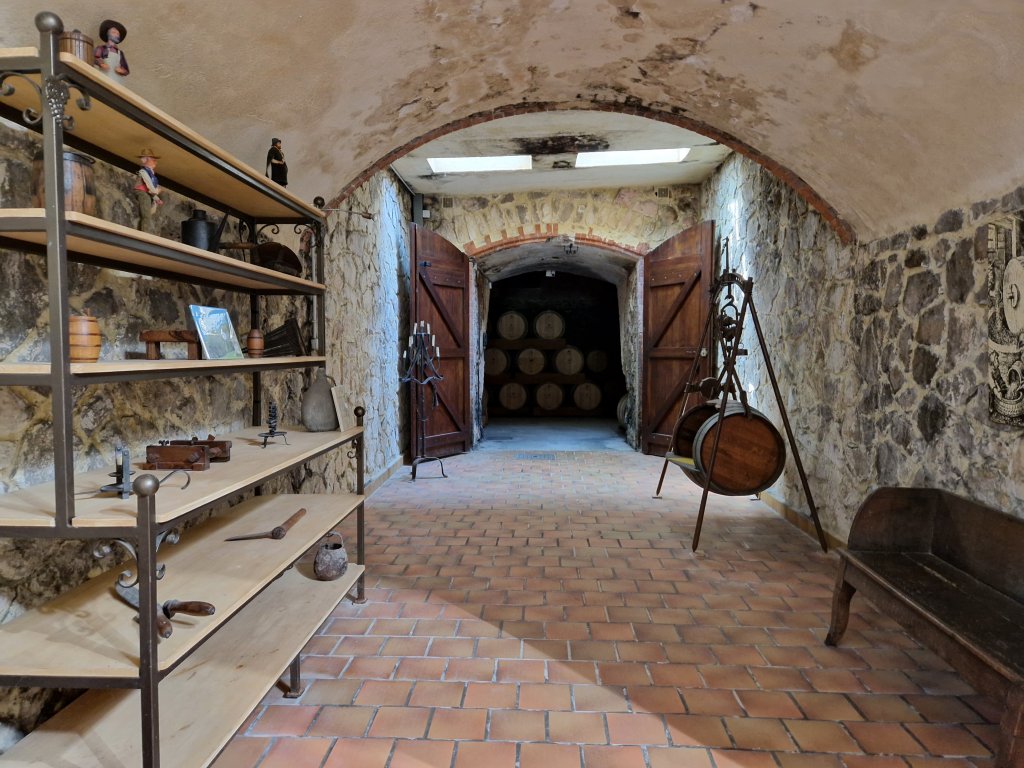
The French military acrobatic team was actually based at this university, so we got to see there practices and another performance specifically for a military viewing.
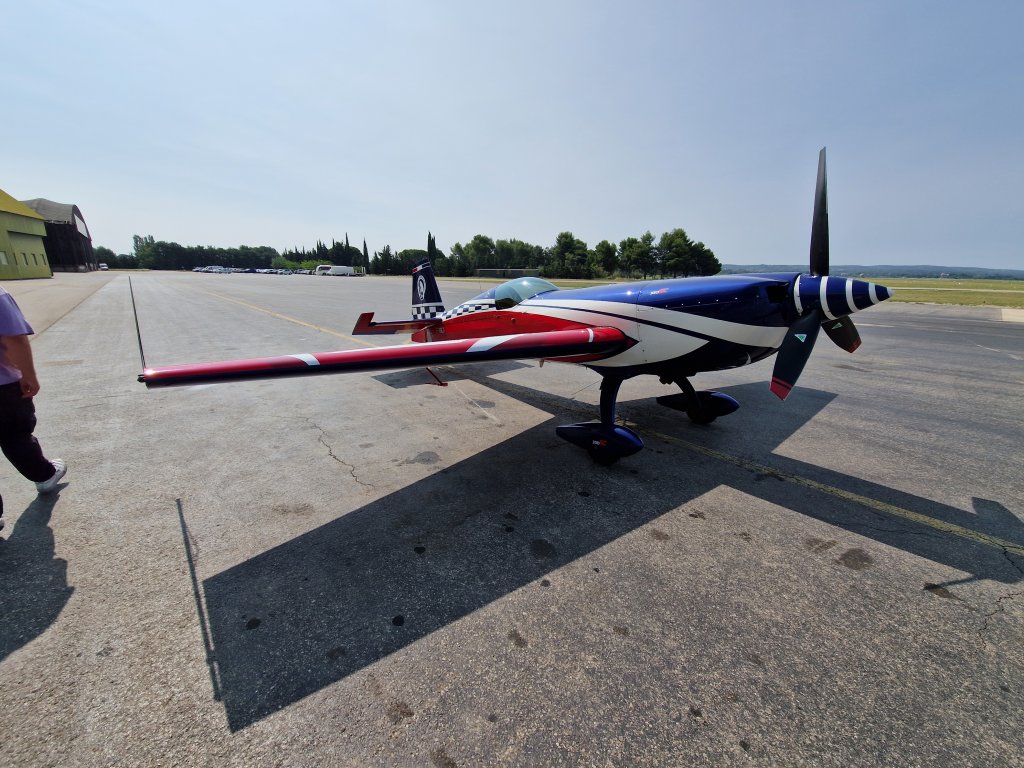
Speaking of the French military, a highlight of salon was a trip we took to Marseille, which wasn’t too far from Salon. We got to dine at a the local French military station and visit the private military beach.
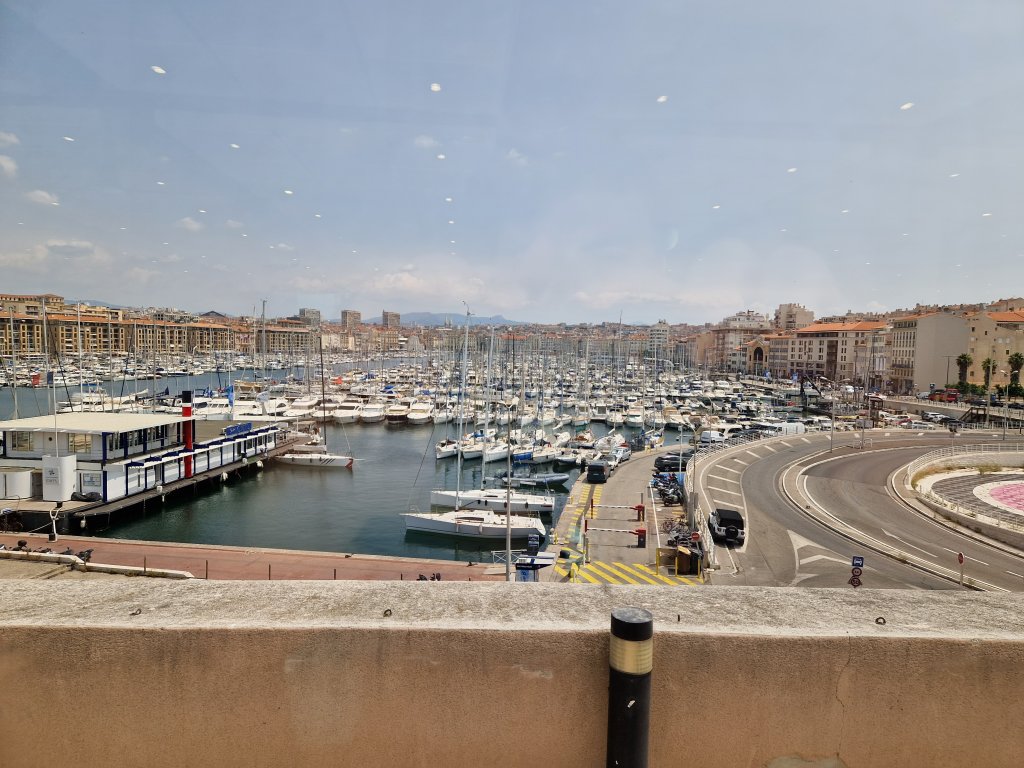
In the moment, Salon was enjoyable enough since the whole group had been together for 3 weeks at this point, so we could comfortably converse without an activity; this helped especially in salon because, in hindsight, there really wasn’t many activities to do there. Nevertheless, it was a lovely little town in southern France and I bonded really well with my group members here.
Toulouse
Travel to Toulouse included a 3 hour bus ride direct from Salon de Provence. We stayed at an ibis styles fairly close to the city center, probably the best situated hotel of the program. To get to the university (ISAE-SUPAERO) required a 20 minute direct bus ride (much better than the hour long walk!). The university itself is very grand and certainly the most impressive of the whole program with its sprawling campus and updated buildings. I especially liked the library, which felt sort of like an academic haven for students on campus, as well as the cafeteria (best food of the trip so far). Also, there was a Dassault Mirage 3 fighter jet on show at the campus entrance!
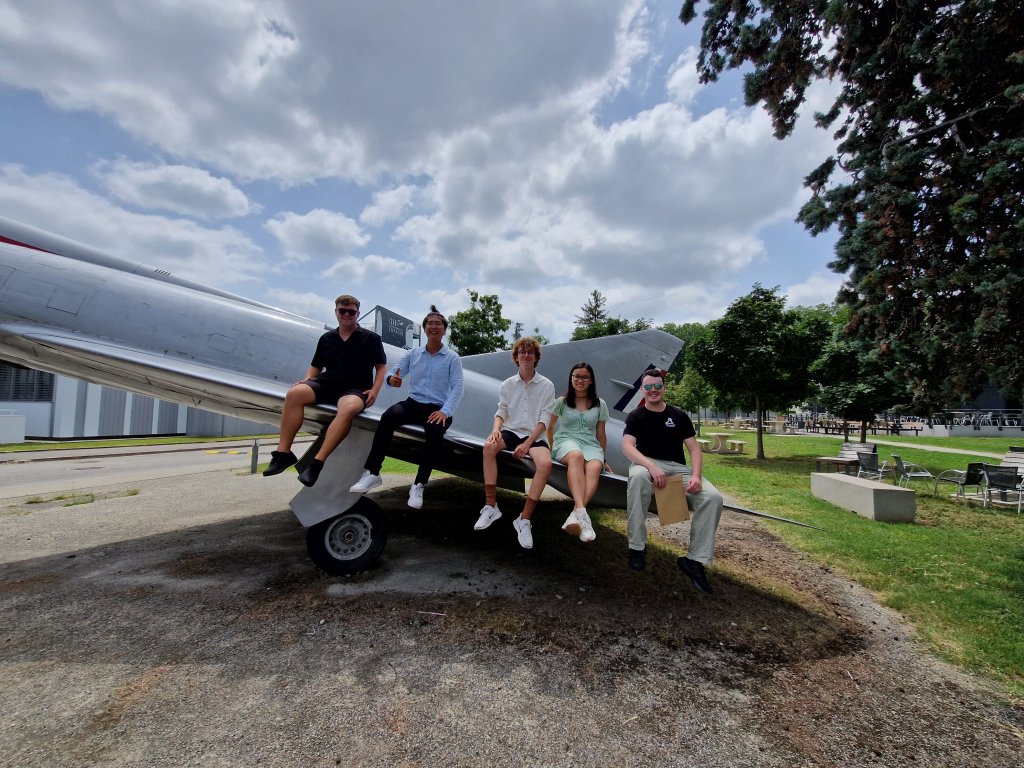
The academic focus of the Toulouse section of the trip was managerial science and sustainability. It was stressed to us that the management content being taught was quite surface level, although it certainly exceeded the knowledge taught in the 2nd year management course. Of the information delivered by lecture, it can be summed up to be what different managerial codes (such as PMBOK, PMP, and PRINCE2) mean, the basics of flowcharts (with activity & milestones charts inclusive) and timeline management of a task/project. An example used to learn how to create flowcharts was a video that showed the complete launch process of an Ariane-4 rocket, from the landing of launcher components on sight to the launch of the rocket. While managerial science might not be my favourite subject, this sort of knowledge will undoubtedly be very useful in the workplace as well as for the administrative aspect of my upcoming GDP. The way that the sustainability lectures were delivered also helped further my grasp of the subject and how I might incorporate it into my GDP.
The activities were packed in Toulouse. Lots of the French aerospace industry is based in Toulouse after the first and second world wars spurred France to establish its presence in the industry. We had the privilege of visiting the Airbus Defence & Space manufacturing facility, where a few satellites were actually on the factory floor being assembled and tested before being cleared for their launch dates. We visited Aeroscopia, which is an aviation museum detailing the history of aviation and also with several notable aircraft, like the super guppy and a genuine Concorde. We also visited Cite de l’espace, which is a space themed amusement park with a planetarium, model Ariane-5 rocket, and several exhibits detailing different notable space companies (like ESA, Ariane Group, and SpaceX), notable missions (for example James Webb telescope), and general space knowledge.
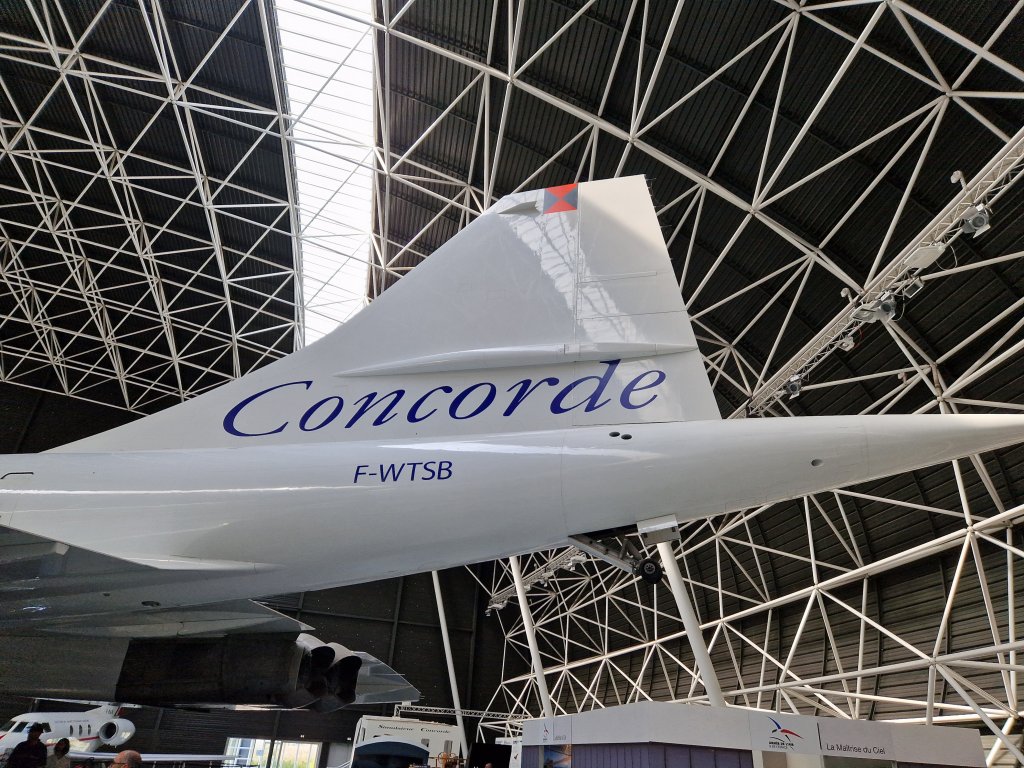
The non-aerospace activities were also numerous ; first was a tour of Toulouse city center (on this day I discovered that water rugby was a sport at the river). Next we visited ‘La Halle des Machines’, which is a museum/entertainment center focusing on funky engineering projects ranging small to large in size. There were a few machines that mimicked common instruments, common instruments that were manipulated to make different sounds, small models of animatronic animals, and many more small and quirky inventions/contraptions. The crowning attraction of this venue, however, was the 14 meter tall model of the minotaur, a half man half bull hybrid mythical creature. There was also a model spider, the same scale as the minotaur, but my mild phobia was glad that machine wasn’t running that day. Johnathon, Meagan, Kion and I managed to hunt down a restaurant that offered the local delicacy ‘cassoulet de Toulouse’; the base of the casserole is baked beans with sausage and duck leg served on top of the beans.
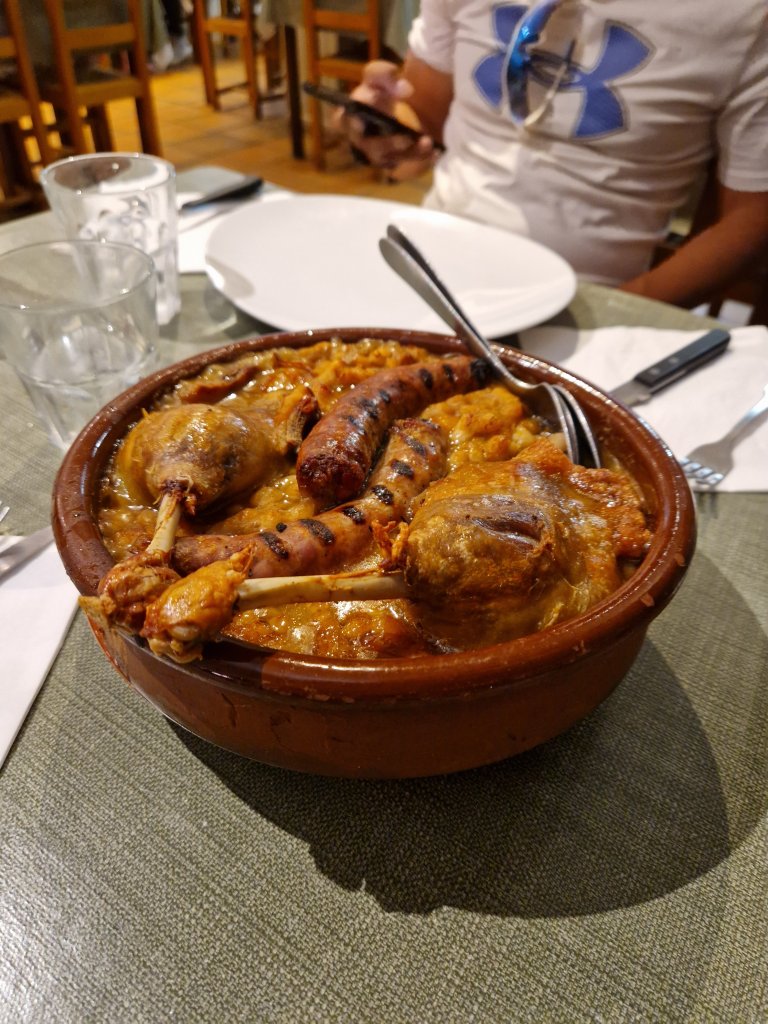
The final day of the program was celebrated with a ‘cultural rally’, which was a giant scavenger hunt organised by the university around Toulouse. We ran all across the city compiling random facts about the city’s origins (the depictions in a nearby church, the astrological signs in the town square) or just geographical facts (like how many steps are on the stairs near the main river). This all culminated in us receiving our ‘diplomas’, which confirms our successful completion of the program.
Conclusion
Overall, the Aerospace Summer Program at the ISAE group universities was well worth it. The level of teaching was of high quality (near a masters level on average), and the personal anecdotes or insight from the lecturers were invaluable for my future career. It certainly gave me a better picture of what sort of career I might want to pursue. The aerospace themed activities planned outside of class time further cemented my opinion that the program does a good job at teaching and explaining the aerospace industry in France as prestigious. Every university I visited advertised potential masters programs, and at least two of which I am seriously considering for after my 4 years are down at Southampton.
As a holiday, the trip was definitely worth it. I spent 5 weeks travelling around France from smaller cities like Salon de Provence to mega cities like Paris. The program coordinators planned and scheduled many activities to provide a decent balance between classwork and entertainment; these activities also served as great ice breakers between the whole group, and we all gelled really well in Poitiers and Paris. Even though the schedule was packed, there were enough periods in the week where we were set free and allowed to explore whatever location we were at in our free time.
On a more personal note, I am very satisfied with how the summer program has affected me as a person. I am by no means a completely changed man, but I have learnt a lot about myself in terms of who I am as a person, what kind of people I like to be around, and what kind of person I want to be. The social experience in these 5 weeks have deeply resounded with me, and I have cultivated good friendships with those I travelled with.
If you are reading this and deciding whether or not the Aerospace summer program is for you, I highly encourage you to consider it. It has been a once in a lifetime experience for me and I greatly appreciate the opportunity I was given to participate in it.
